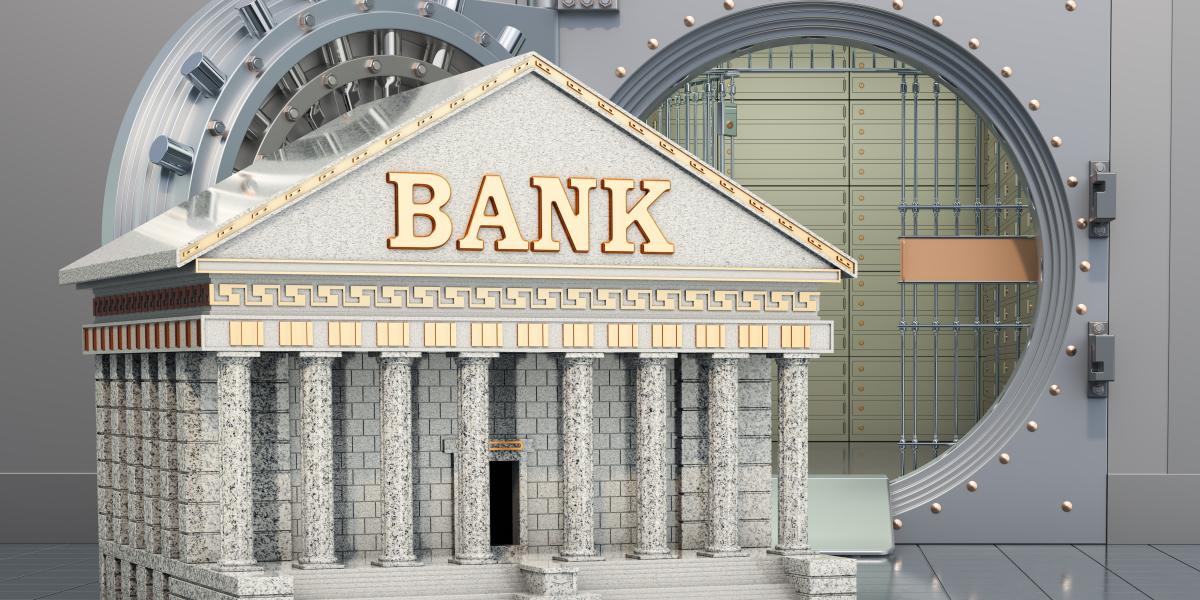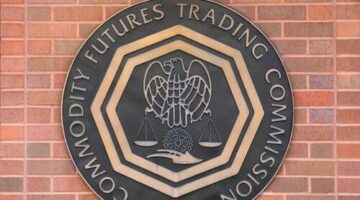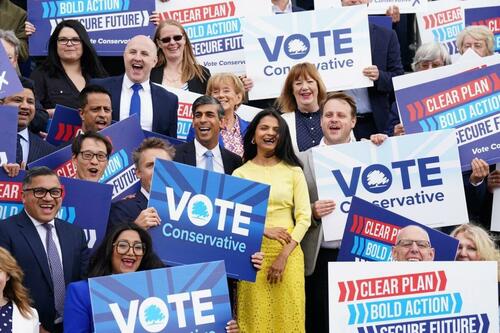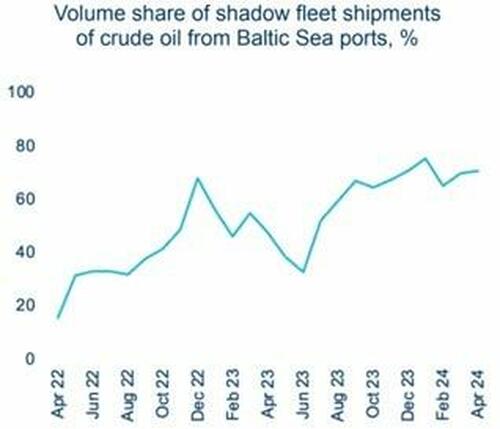
Understanding the Basics of Modern Banking
The monetary and banking system plays an incredibly important role in contemporary economies. Knowledge of how this system functions should therefore be spread as widely as possible, yet the education system barely instructs its students about this subject, if indeed it instructs them about it at all. This article aims to contribute to bridging this gap by giving a basic overview of how the system of money creation and banking works today. The reader may also be interested in studying the discussion of alternative systems, however, this article will focus only on describing the dominant system of the present.
Open Market Operations and Fractional-Reserve Banking (FRB)
The central bank has a monopoly of issuing notes, that is, physical currency. The difference between the face value of the currency created and the cost to produce it is called seigniorage, and it gives a profit to the monetary sovereign, in this case the central bank. The notes of contemporary central banks aren’t redeemable in anything but themselves; they are created out of nothing by the fiat, or order, of the central bank itself. It is likely that physical currency produced by central banks will be partially replaced by central bank digital currencies (CBDCs) in the near future. These will perform many of the same functions as physical currency, and preserve features like seigniorage.
Central banks are able to purchase assets from actors in the economy. They do this by writing a “check,” or demand deposit on themselves. These check are created out of nothing by fiat of the central bank, and are only redeemable in central bank notes. When the central bank purchases assets from regular banks using these checks (which are now electronic), the banks keep this money in reserve at their own accounts that they hold with the central bank. When the central bank purchases assets from other actors in the economy, the checks end up in the same place. The actor who receives the check in exchange for assets deposits it with his bank, and the bank, in turn, deposits it in its account with the central bank. The checks inevitably end up as reserves of regular banks held in the central bank, due to the type of money involved. These checks, called central bank reserve currency, serve as demand deposits, or claims, against the central bank, so they will always form a part of its accounts.
Central bank reserve currency is the money of the banking sector; it is the type of money that the central bank and regular banks use to do business and settle balances with each other. Notably, regular banks with an excess of reserves lend these out to regular banks with insufficient reserves.
These asset purchases are called open market operations (OMO). Typically, the most common asset purchased by the central bank is government debt. This shows the close relationship between central banks and central governments, as central banks create money to finance government activity.
The customers of regular banks can withdraw their deposits in the form of physical currency. To fulfill this obligation, regular banks request delivery of physical currency from the central bank, which delivers it and draws down the regular bank’s balance of central bank reserve currency in its account at the central bank by the equivalent amount. Therefore, physical currency and central bank reserve currency—together comprising base money—comprise the monetary reserves of regular banks.
Because the customers of regular banks don’t typically request the use of all of the money in their accounts at once, regular banks make loans with an eye on having enough reserves to satisfy the volume of withdrawals and other uses of money that their customers make, rather than having enough reserves to fully satisfy its own demand deposit accounts, that is, all money that customers could demand immediately. If the central bank creates new money and increases the reserves of a regular bank by purchasing an asset from it, the regular bank will, in turn, create even more new money by making loans far in excess of the amount of new reserves it receives. Regular banks and their customers do business with each other, so money is constantly being multiplied on top of reserves, since with each new deposit regular banks receive they will look to create new loans as well. This process is known as fractional-reserve banking, since regular bank reserves are only a small fraction of the deposit liabilities that they owe.
This core system of money creation represents an inverted pyramid. The central bank pyramids central bank reserve currency on top of its ability to create physical currency. The regular banks then pyramid demand deposit accounts on top of their stock of central bank reserve currency.
Other Monetary Policy Tools:
Reserve Requirements — The central bank has the legal regulatory power over the proportion of reserves that regular banks must keep. This power can affect monetary policy, with higher reserve requirements leading to a lower supply of money, and lower reserve requirements leading to a higher supply of money.
Deposit Insurance — The central bank guarantees the deposits of customers of regular banks up to a certain limit. The purpose of this tool is to attempt to prevent bank runs, where customers perceive that a regular bank is operating on a basis of insolvency, without enough reserves to meet their demand deposit obligations, and so the customers attempt to retrieve their money from the stock of reserves that the bank does possess. The central bank guaranteeing these accounts can give more stability to a system of fractional reserve banking, yet it also creates moral hazard.
Discount Window — The central bank has the power to lend central bank reserve currency to regular banks through the discount window. This was the main initial justification for the creation of central banks, to act as a “lender of last resort” to regular banks if they got in trouble. As such, the central bank typically sets the interest rate in this market higher than the rate regular banks will charge each other on loans of central bank reserve currency. This is to ensure its place as an emergency option.
Paying Interest on Reserves — A relatively recent addition to the central bank toolkit is the policy of paying interest on central bank reserve currency held by regular banks in accounts at the central bank. The purpose of this tool is to allow the central bank to purchase assets without a strong impact on price inflation or interest rates. The central bank creates new central bank reserve currency and injects it into the system, but as long as the central bank pays a higher interest rate on reserves held with it, than the rate regular banks earn by loaning reserves to one another, regular banks will deposit much of these new reserves at the central bank to earn this higher rate. This means regular banks are having less of a multiplying effect on the new money, and price inflation is consequently lower than it would otherwise be. Also, the central bank can affect the rate regular banks charge each other on loans of reserves by changing the rate that it pays on reserves parked at the central bank.
Types of Asset Purchased — The different types of asset purchased by the central bank will have different types of effects on monetary policy and the wider economy. All else being equal, the central bank purchasing gold will tend to bolster the credibility and stability of the national currency. The central bank purchasing more government debt will finance increased activity by the government. The central bank purchasing a specific class of assets from a firm will boost that firm itself, as well as the sector of the economy in which it operates.
The Repo Market — Repo refers in shorthand to repurchase agreements. These are a method of short-term financing, where a firm sells assets, typically government bonds, and agrees to repurchase them at a date in the near future for a slightly higher price. The price difference constitutes an interest rate as a function of time preference. The central bank intervenes in the repo market through open market operations and lending facilities, using central bank reserve currency. These interventions affect the supply of money, and consequently the interest rate in the repo market.
Conclusion
This article provides an overview of the modern system of banking and money creation. As an overview, I believe it to be accurate, but there is obviously more detail to the processes described above, and there are further tools employed by the central bank to create money and influence the wider banking system. There are also many problems with this system. For one, the ability to create money out of nothing and loan it out at interest requires the creation of more money down the line to repay the principal and interest. This is one of the concepts filed under the historically vague term of usury.
Thankfully, alternative ideas also exist that would avoid the problems of our present system. For a full discussion of the modern system of banking and money creation, its problems, and sound alternatives, I would recommend starting with Robert Murphy’s Understanding Money Mechanics. Another excellent text is Murray Rothbard’s The Case Against the Fed.
Originally Posted at https://mises.org/
Stay Updated with news.freeptomaineradio.com’s Daily Newsletter
Stay informed! Subscribe to our daily newsletter to receive updates on our latest blog posts directly in your inbox. Don’t let important information get buried by big tech.
Current subscribers:








